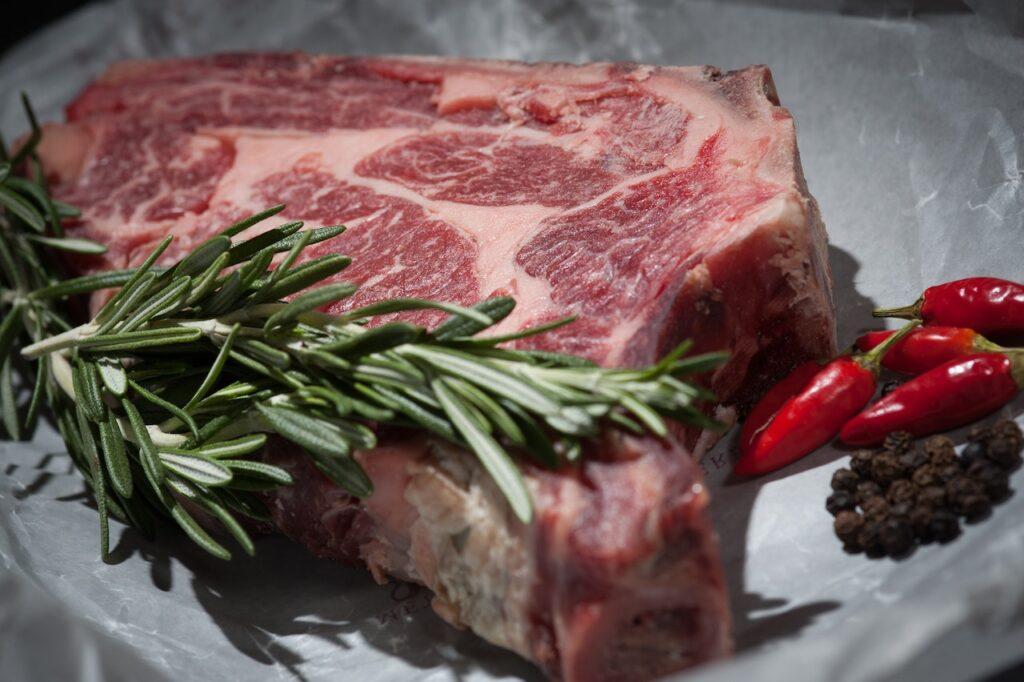The Felgyő slaughterhouse developed a line of meat products containing herbal extracts
Gulyás János és Társa Kft., which operates the slaughterhouse in Fegyő, has developed a line of meat products containing complex herbal extracts, with increased antioxidant properties and a reduced amount of preservatives, with the support of the National Research, Development and Innovation Office (NKFIH), the company informed MTI.

According to the announcement, 365 million forints of the almost HUF 552 million cost of the two-year project were covered by the support of the NKFIH.
The new product line developed by the company’s specialists promotes healthier nutrition thanks to its natural ingredients. The products contain natural flavor correctors instead of artificial ones – essential oils, cumin, bay leaf, coriander, white pepper – and their unique ingredient, resveratrol, increases the flexibility of the vessel walls. This antioxidant compound, which belongs to polyphenols, also improves the shelf life of products.
The development of the new preparations was carried out in the company’s existing plant, without the transformation of production technology, by creating an expanded biochemical laboratory.
Related news
Domestic meat industry in a market turmoil
🎧 Hallgasd a cikket: Lejátszás Szünet Folytatás Leállítás Nyelv: Auto…
Read more >Four tons of meat products seized in Röszke
🎧 Hallgasd a cikket: Lejátszás Szünet Folytatás Leállítás Nyelv: Auto…
Read more >European meat imports: external dependence is becoming stronger – Hungary remains a stable exporter
🎧 Hallgasd a cikket: Lejátszás Szünet Folytatás Leállítás Nyelv: Auto…
Read more >Related news
Bagels, stuffed cabbage and online scams – this could be the Christmas menu for many due to the rise in cybercrime
🎧 Hallgasd a cikket: Lejátszás Szünet Folytatás Leállítás Nyelv: Auto…
Read more >25,000 packages of donations will reach people in need as a result of the 2025 Joy of Giving! fundraising campaign
🎧 Hallgasd a cikket: Lejátszás Szünet Folytatás Leállítás Nyelv: Auto…
Read more >Hungarian professional leadership also shaped global economic decisions at the historic B20 summit in South Africa
🎧 Hallgasd a cikket: Lejátszás Szünet Folytatás Leállítás Nyelv: Auto…
Read more >






